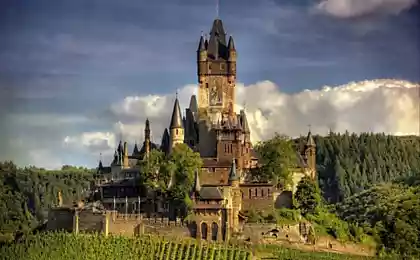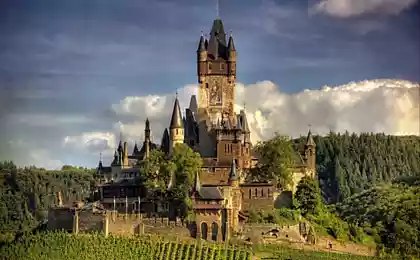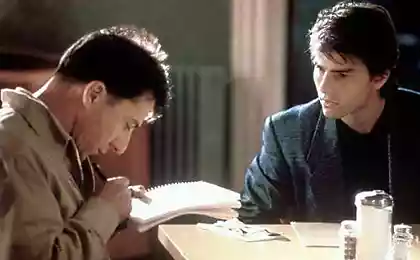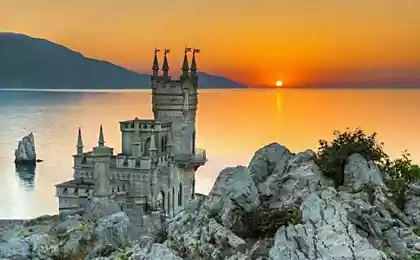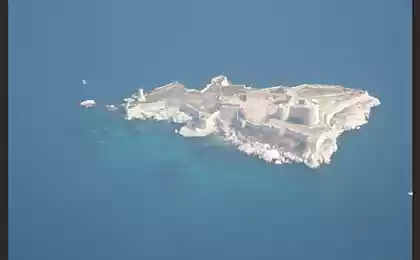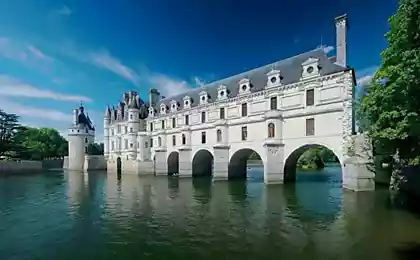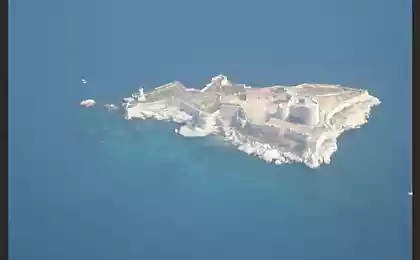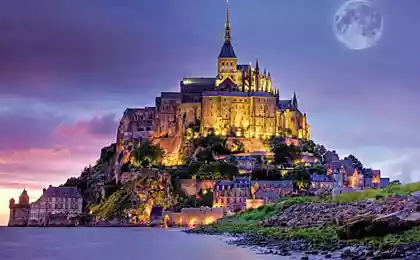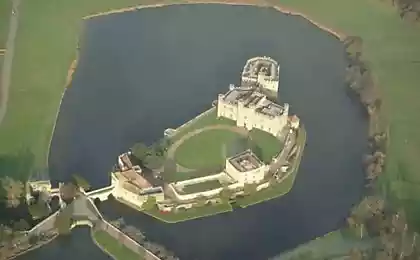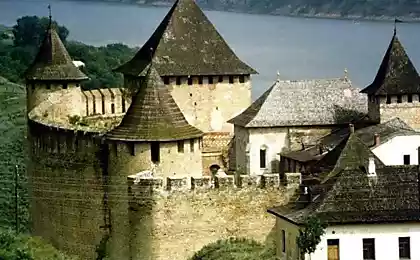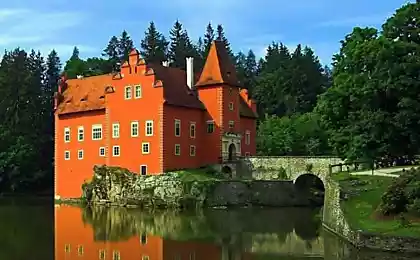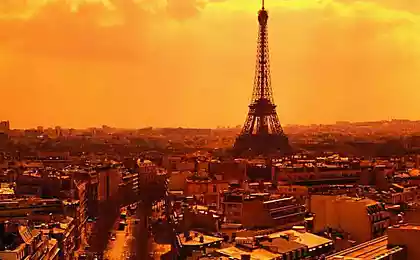180
The incredible palace of pebbles in France
In 1879, a postman named Ferdinand Cheval stumbled upon an unusual stone while rounding in Otreve, France. And such a seemingly mediocre fact turned the rest of his life. After all, Cheval had long dreamed of something unusual, and the stone under his feet made the postman see the essence hidden in it.
For the next 33 years, the postman collected stones and pebbles every day during his 18-mile route. In the evenings he mixed them with lime and concrete and gradually erected the walls of the castle of his dreams - the "Ideal Palace". As a result, the structure was so unusual and fascinating that it inspired generations of surrealists and became one of the examples of the Outsider Art style.
Cheval later recalled in his diary:
“My foot came across a stone and I almost fell. When I bent down to see what it was, I found a stone of unusual shape, that I put it in my pocket to admire the stone later at leisure. The next day I went back to the same place and found other stones that were even more beautiful. I thought, nature wants to make a sculpture, and I'm just going to help her.
When Cheval was thinking about the design of the building, the first thing that came to mind was natural structures and fabulous postcards. Also undeniable is the similarity of his castle to some of Gaudí's works. In the miniature palace of pebbles you can find figures of octopuses, deer, caimans, camels, elephants, pelicans, bears and birds, as well as giants, fairies and other mythological characters from around the world.
The influence of Hindu and Christian architecture in the Ideal Palace is obvious, but Cheval never studied any artistic direction. In 1969, the Ideal Palace was classified as a historical monument and a unique example of primitive architecture by the French Minister for Culture.
Cheval completed his Baroque building in 1912, using 3,500 bags of lime in the construction process. After completing the castle, by then the 78-year-old had begun work on his own grave on the outskirts of the city. He finished it eight years later and was buried there in 1924.
The castle and its surrounding gardens were restored between 1983 and 1993 and were donated to the municipality of Otriva in 1984 by Cheval's granddaughter, as she had no heirs. The castle now attracts more than 150,000 visitors each year.
Source: www.ecobyt.ru/


